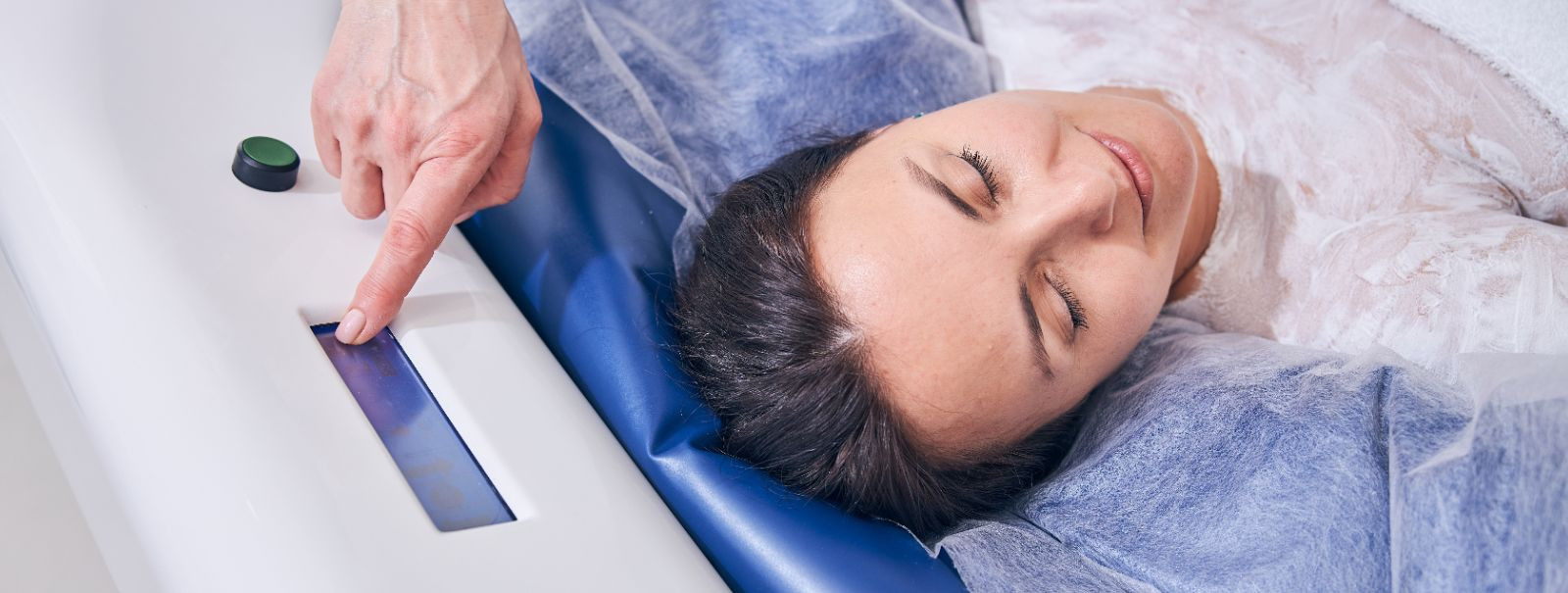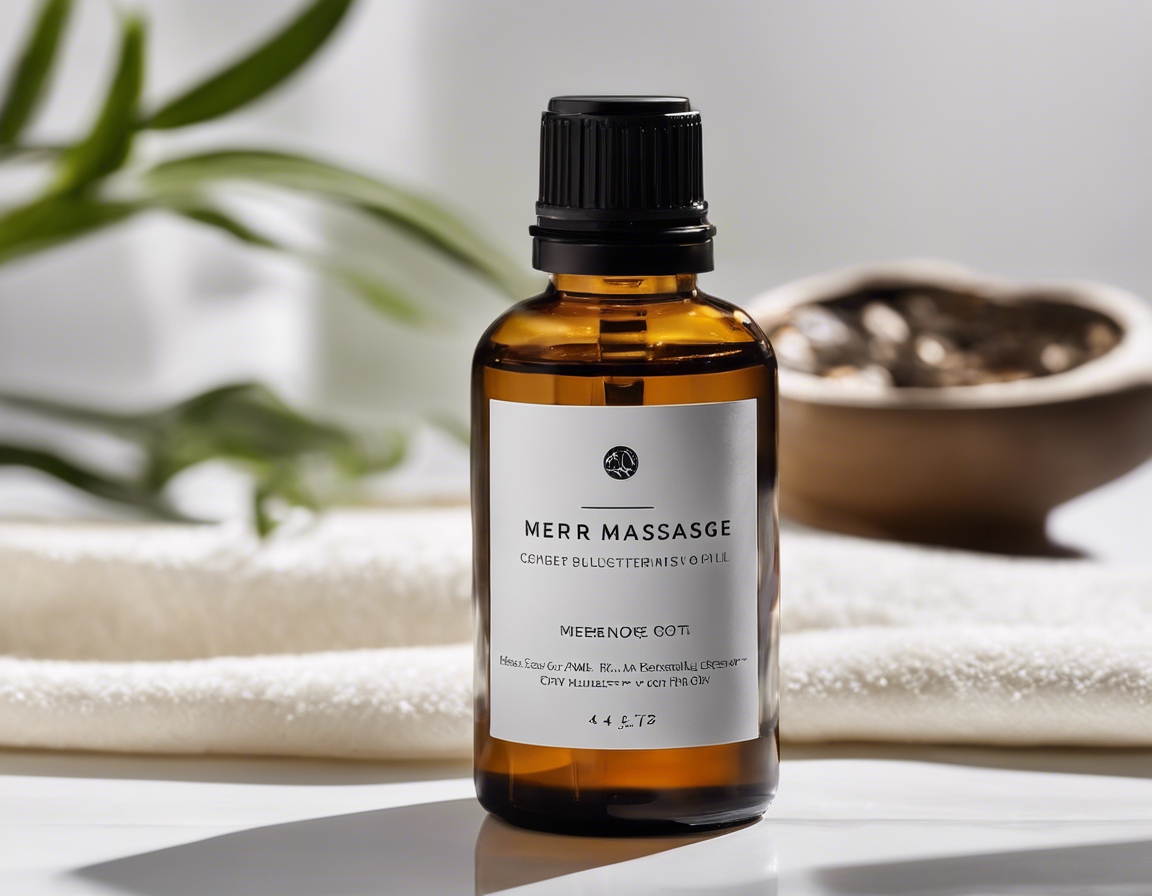Why cold therapy could be your path to vitality
Cold therapy, also known as cryotherapy, involves the use of low temperatures in medical therapy or treatment. It is a method that has been used for centuries to alleviate pain, reduce inflammation, and improve recovery times. In modern wellness practices, it is gaining popularity as a means to enhance overall health and vitality.
Historically, cold therapy has roots in ancient civilizations. The Egyptians, Greeks, and Romans used cold treatments to treat injuries and inflammation. In the 19th century, cold therapy began to be studied more scientifically, leading to the development of various techniques that are still in use today.
Exposure to cold can trigger various physiological responses in the body. These include vasoconstriction, which reduces blood flow to the area, and a subsequent dilation of blood vessels, which helps to flush out toxins. The cold also slows down nerve activity, which can alleviate pain.
Benefits of Cold Therapy
For athletes and fitness enthusiasts, cold therapy can significantly reduce recovery time by decreasing muscle soreness and preventing injury.
Regular exposure to cold has been linked to improved mental health. It can help to reduce stress levels and increase resilience to stress, potentially due to the release of endorphins during cold exposure.
Some studies suggest that cold therapy can boost the immune system by increasing the production of white blood cells, which help to fight off infection.
Cold exposure can increase metabolic rate as the body works to warm itself, which can contribute to weight loss over time.
One of the most immediate benefits of cold therapy is the reduction of inflammation and the relief of pain, making it a valuable tool for managing chronic conditions such as arthritis.
Methods of Cold Therapy
Cold water immersion, or ice baths, involve sitting in cold water for a set period of time. This method is particularly popular among athletes for recovery purposes.
Whole-body cryotherapy involves exposure to extremely cold air for several minutes. It is believed to have systemic health benefits, including improved recovery, reduced inflammation, and enhanced mood.
For targeted relief, ice packs and localized cold treatments can be applied directly to the affected area to reduce pain and swelling.
Incorporating Cold Therapy into Your Routine
For those new to cold therapy, starting with a cold shower can be a gentle introduction. Gradually decreasing the water temperature can help the body adapt to the cold over time.
Once comfortable with cold showers, individuals may progress to ice baths. It's important to start with shorter durations and gradually increase the time spent in the cold water.
Professional cold therapy sessions, such as cryotherapy, can offer a controlled and safe environment for those looking to explore the benefits of extreme cold exposure.
Precautions and Considerations
While cold therapy has many benefits, it's important to understand the risks, such as hypothermia and frostbite, especially when not performed correctly.
Individuals with certain health conditions, such as cardiovascular issues, should avoid cold therapy or consult with a healthcare provider before starting.
It is crucial to follow best practices for cold therapy, such as limiting exposure time, monitoring body reactions, and never practicing cold therapy alone.






Comments (0)